Introduction
Bamboo flooring is quickly becoming a favorite choice among homeowners and interior designers alike. With its unique aesthetic appeal, environmental sustainability, and impressive durability, bamboo flooring stands out as a fantastic option for many living spaces. In my own home, I recently made the switch to bamboo flooring and was amazed at how it transformed my space. In this guide, we’ll explore everything you need to know about bamboo flooring—from its types and benefits to installation tips and maintenance.
What Is Bamboo Flooring?
Bamboo flooring is made from the sturdy grass known as bamboo. Unlike traditional hardwood floors, which are harvested from trees, bamboo is a renewable resource that can be harvested every 3-6 years. This rapid growth cycle makes it a sustainable option for environmentally-conscious homeowners.
Types of Bamboo Flooring
1. Solid Bamboo Flooring
Solid bamboo flooring is made from 100% bamboo strips that are glued and compressed together. This type offers excellent durability and can be refinished just like traditional hardwood.
2. Engineered Bamboo Flooring
Engineered bamboo flooring consists of a bamboo veneer over a plywood base. This makes it more resistant to moisture and temperature changes, making it suitable for areas like basements and kitchens.
3. Strand-Woven Bamboo Flooring
Strand-woven bamboo flooring is created by shredding bamboo strands and compressing them under extreme heat and pressure. This process results in an extremely durable floor that is often more robust than traditional hardwood flooring.
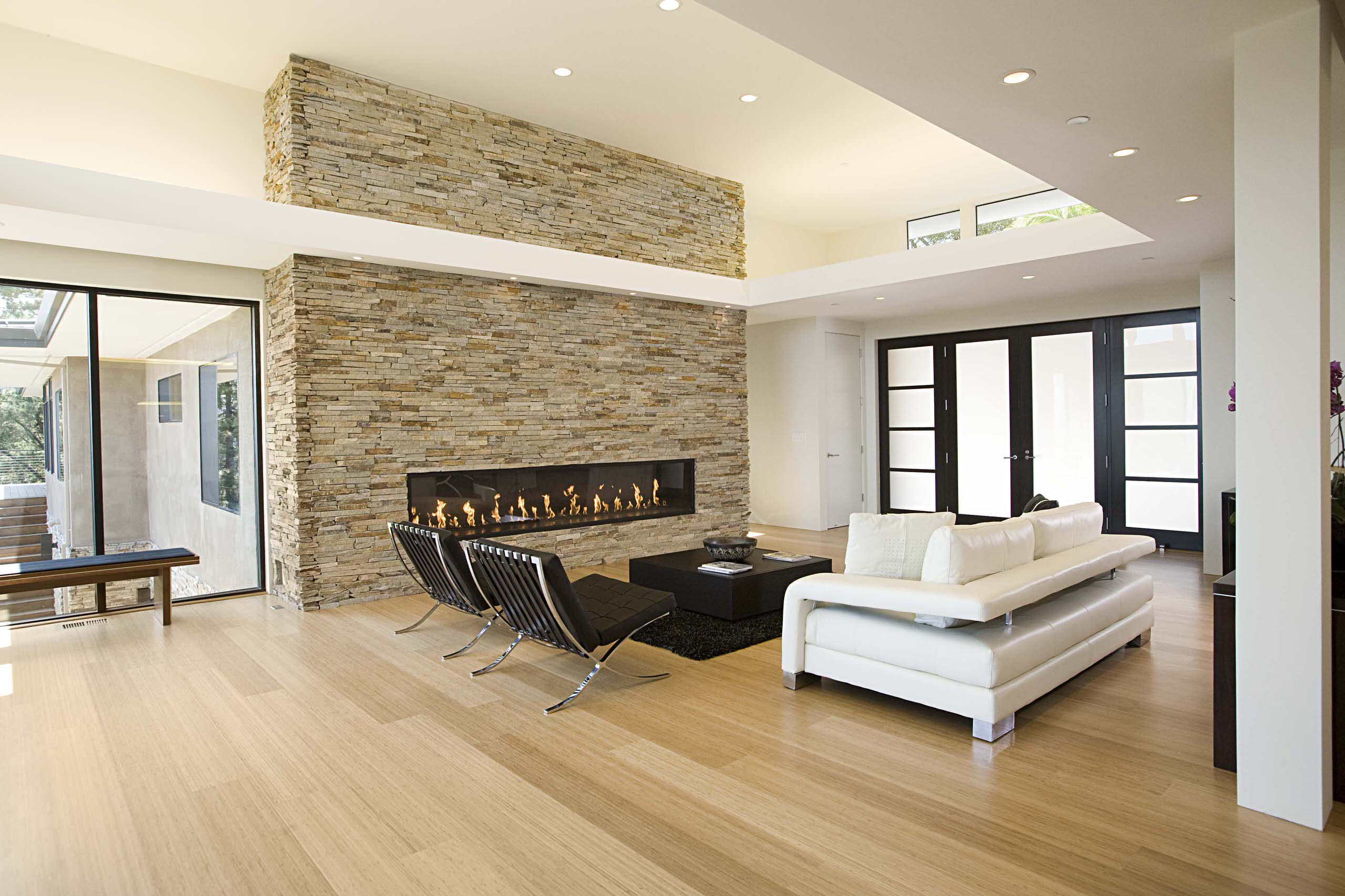
Pros and Cons of Bamboo Flooring
| Pros | Cons |
|---|---|
| Sustainable and eco-friendly | Can be susceptible to moisture damage |
| Unique aesthetic appeal | May dent or scratch more easily than hardwood |
| Easy to maintain | Limited color and style options compared to hardwood |
| Cost-effective | Quality can vary greatly by manufacturer |
Installation of Bamboo Flooring
Preparation Before Installation
Before installing bamboo flooring, there are a few steps you should take:
- Ensure the subfloor is clean, dry, and level.
- Acclimate your bamboo planks in the installation area for at least 72 hours.
- Gather necessary tools: saw, measuring tape, spacers, and a tapping block.
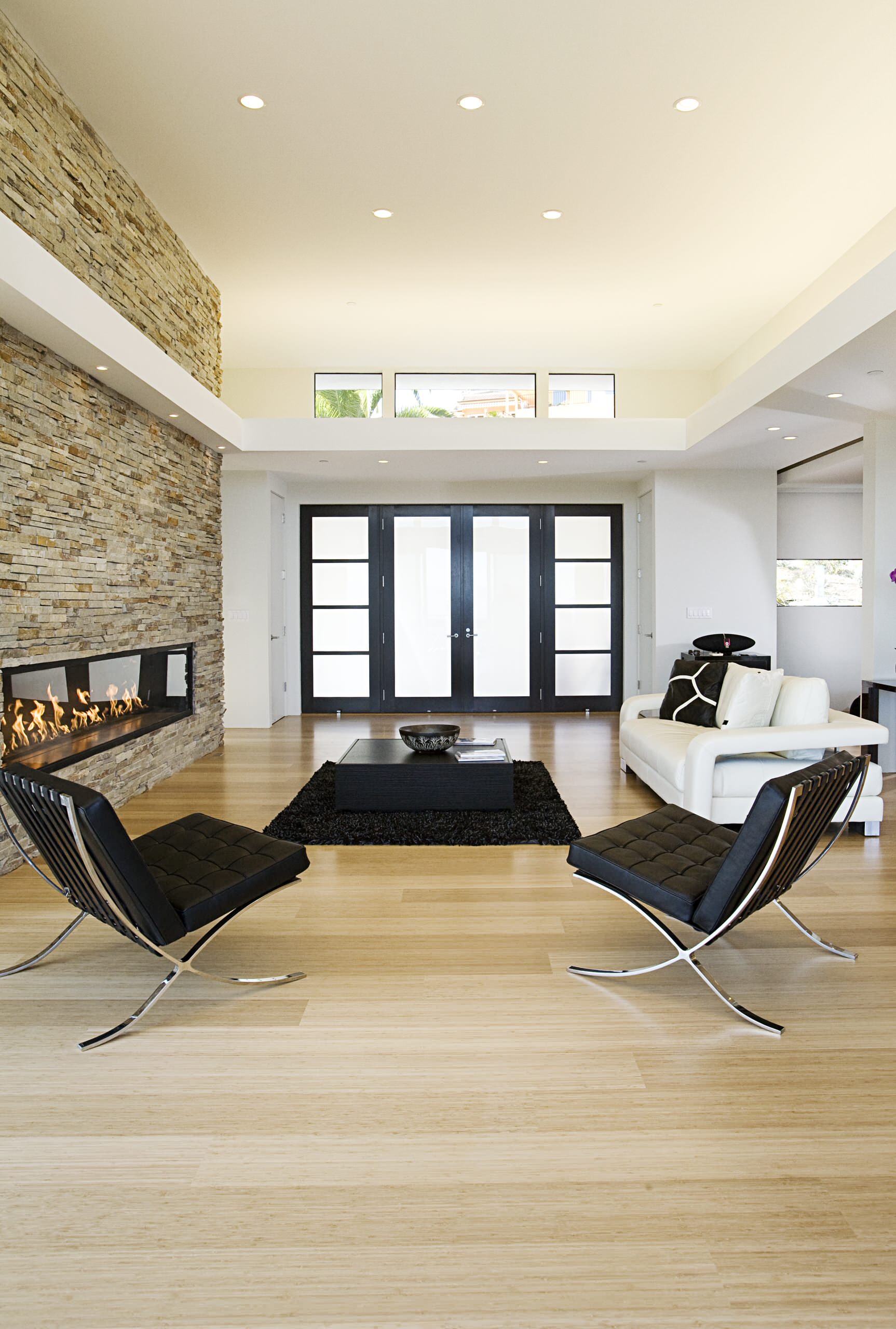
Installation Methods
Bamboo flooring can be installed using three primary methods:
- Glue Down: Suitable for concrete subfloors, this method involves applying adhesive to the subfloor and then laying the bamboo.
- Nail Down: Commonly used for solid bamboo, nails are used to secure the planks onto wooden subfloors.
- Floating Floor: This method allows the bamboo planks to “float” over a foam underlayment, making it easy to install without glue or nails.
Maintenance Tips for Bamboo Flooring
Maintaining your bamboo flooring is crucial to ensure its longevity. Here are some tips I’ve learned from my personal experience:
- Regularly sweep or vacuum to remove dirt and debris.
- Use a damp mop with a pH-neutral cleaner. Avoid excessive water.
- Place mats at entrances to reduce wear.
- Consider refinishing every few years to preserve appearance.
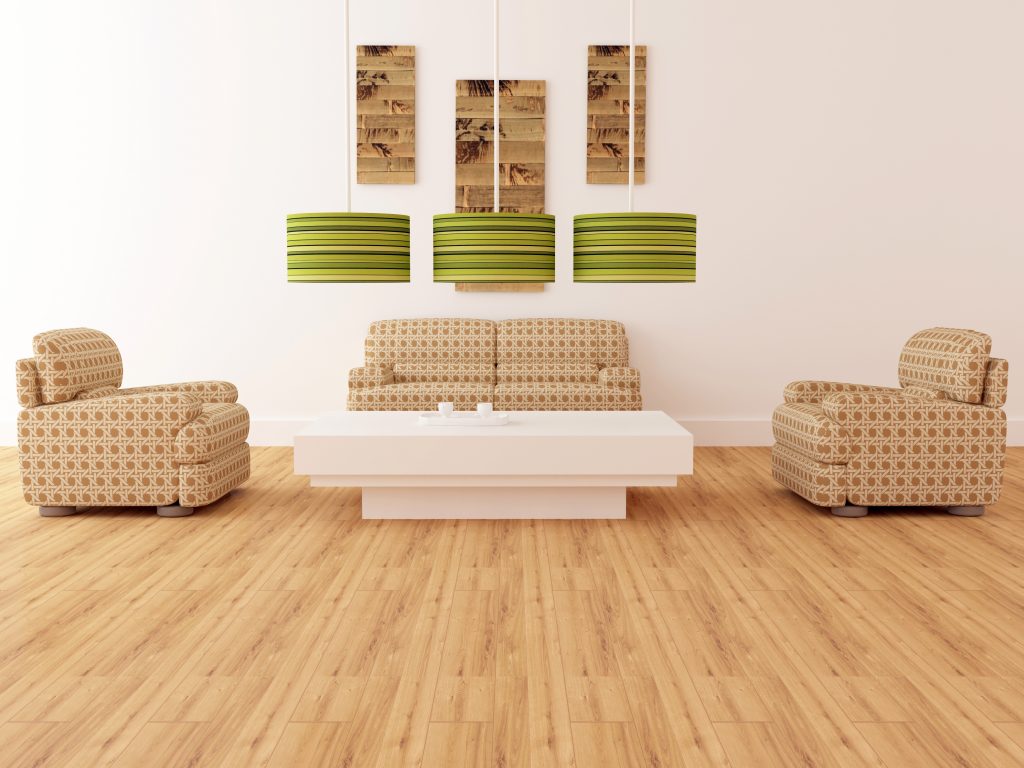
Bamboo Flooring vs. Hardwood Flooring: A Comparison
| Feature | Bamboo Flooring | Hardwood Flooring |
|---|---|---|
| Eco-friendliness | Highly sustainable | Variable (depends on sourcing) |
| Cost | Generally lower | Higher upfront costs |
| Durability | Durable but can dent | Very durable, especially oak and maple |
| Installation Ease | Intermediate level | Can be complex |
| Available Styles | Limited compared to hardwood | Wide range of options |
Cost Overview of Bamboo Flooring
The cost of bamboo flooring can vary significantly based on several factors such as quality, style, and brand. On average, you can expect to pay between $2 to $8 per square foot for bamboo flooring. Installation costs can add another $1 to $3 per square foot, making the total cost between $3 to $11 per square foot. Here’s a brief breakdown:
- Low-End Bamboo Flooring: $2 – $4 per sq. ft.
- Mid-Range Bamboo Flooring: $4 – $6 per sq. ft.
- High-End Bamboo Flooring: $6 – $8+ per sq. ft.
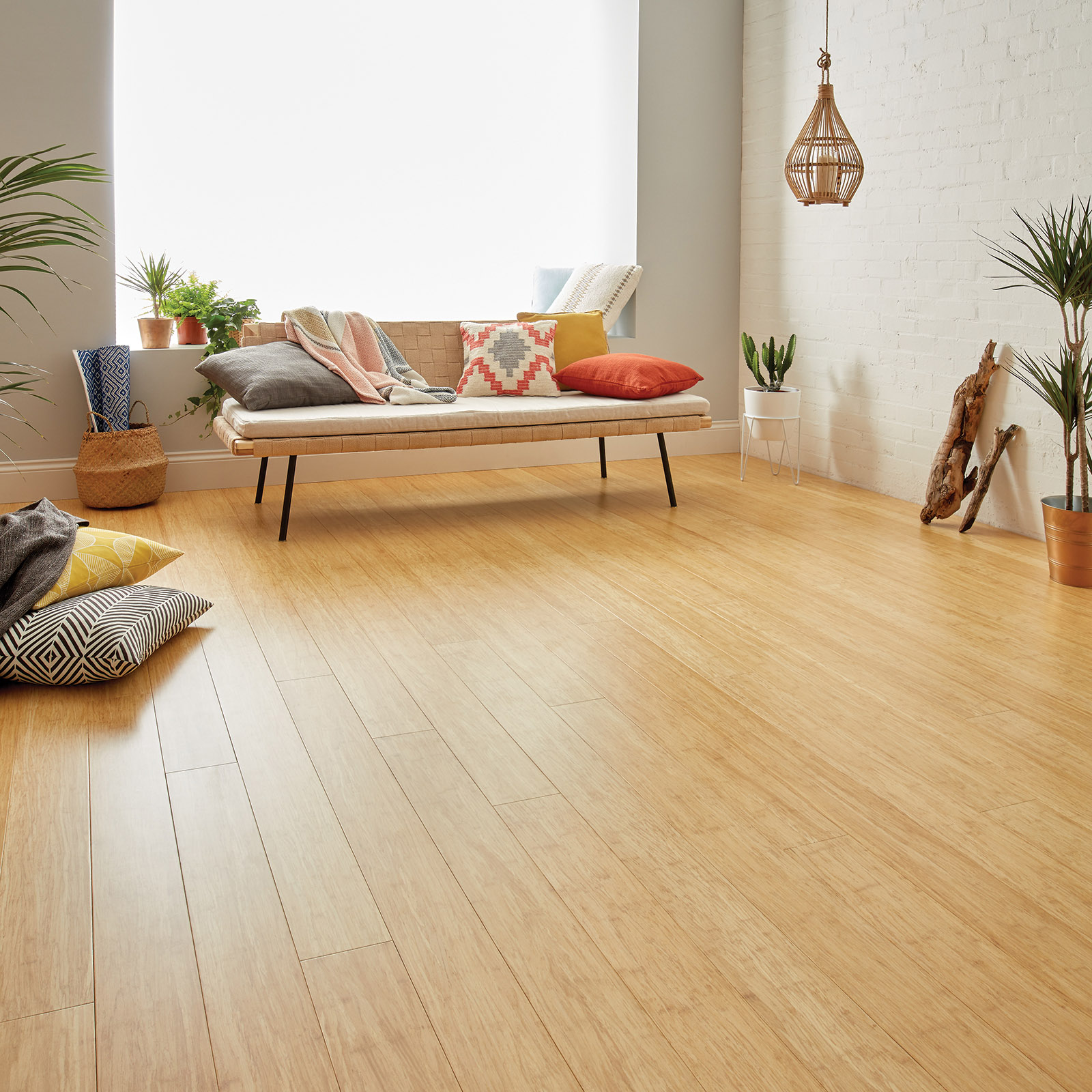
Environmental Impact of Bamboo Flooring
One of the greatest appeals of bamboo flooring for me was its environmental benefits. Bamboo can grow up to three feet in a single day, making it one of the fastest-growing plants on the planet. This rapid growth helps offset the carbon footprint associated with manufacturing and transporting traditional hardwood. Additionally, many manufacturers adhere to sustainable harvesting practices, ensuring that bamboo forests are not depleted.
FAQs About Bamboo Flooring
What is the lifespan of bamboo flooring?
With proper care, bamboo flooring can last anywhere from 20 to 25 years. Strand-woven bamboo, in particular, tends to be more durable and can last even longer.
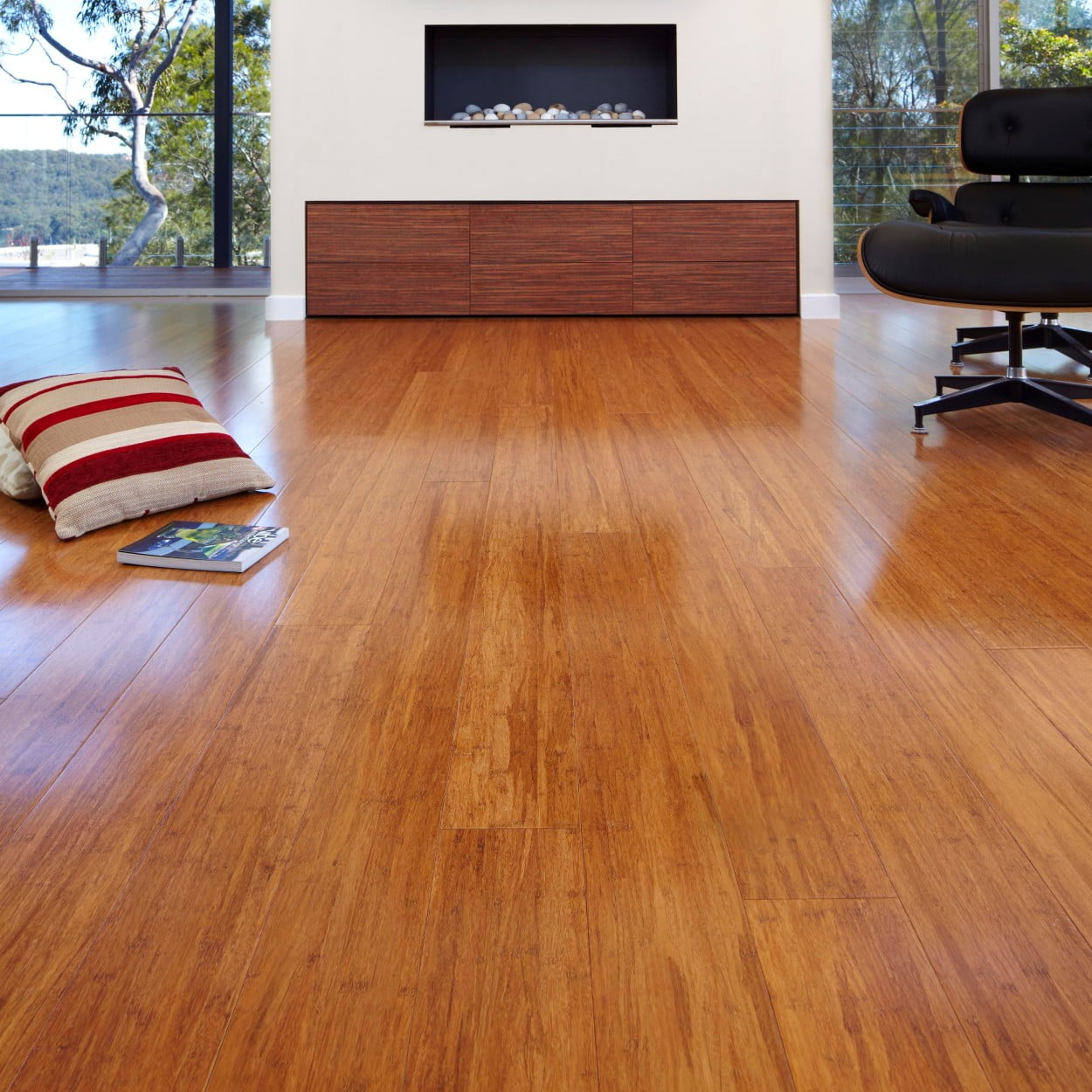
Can bamboo flooring be refinished?
Yes, solid bamboo flooring can be refinished just like traditional hardwood. Engineered bamboo, however, typically has a thinner veneer and may not withstand multiple refinishing.
Is bamboo flooring suitable for kitchens and bathrooms?
While it is not as resistant to moisture as other materials, strand-woven engineered bamboo can be used in kitchens and bathrooms if precautions are taken to minimize water exposure.

How does bamboo flooring compare to laminate?
Bamboo flooring is generally more durable and eco-friendly than laminate, which is made from synthetic materials. However, laminate is often cheaper and easier to install.
What are the best ways to clean bamboo flooring?
A soft broom or vacuum is ideal for regular cleaning. For deeper cleans, a damp mop with a gentle, pH-neutral cleaner is effective without damaging the finish.